Compact loggers
MouseLog-16C
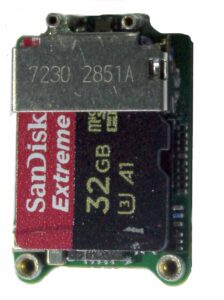
MouseLog-16C is Deuteron’s lightest logger, with a board size of just 13 x 18mm and weighing only 1.68g (not including the battery). It records 16 channels of neural data, audible and ultrasonic audio data up to 80 kHz, and 9-axis motion sensor data. With a 1.5g battery (yielding 1.5 hours of recording time), it weighs just over 3g and is suitable for recordings in mice and similarly sized animals. For more details, see here.
MouseLog-16B and MouseLog-16V
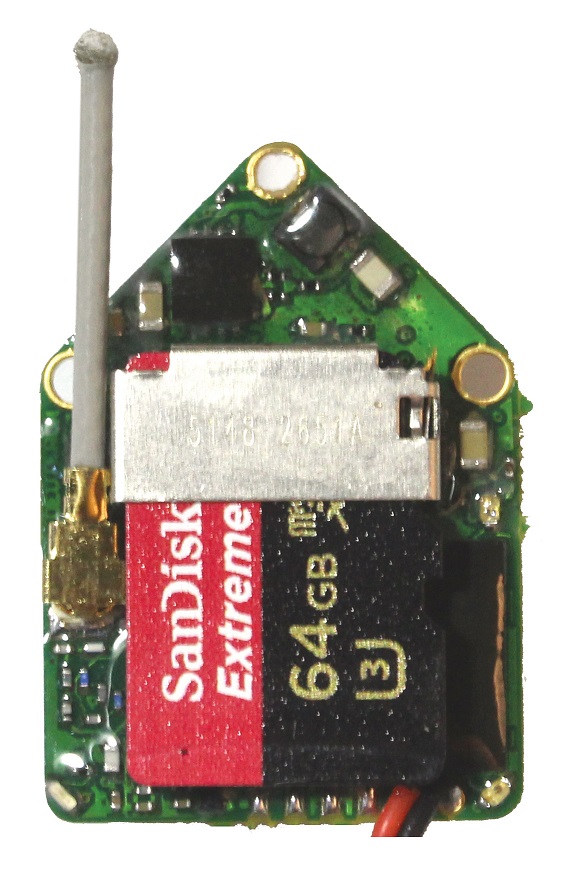
MouseLog-16B is a 16 channel logger that can be operated in either ‘Spike’ or ‘LFP’ mode. In ‘Spike’ mode it logs all 16 channels and digitizes each input at 31.25 kHz. In ‘LFP’ mode it operates at a lower power and logs any 8 of the 16 inputs with a 4kHz sampling rate. It weighs 1.9g (without battery) and with a 1.5g battery has a 2 hour recording time in ‘Spike’ mode and an 8 hour recording time in ‘LFP’ mode.
MouseLog-16V is a vertically mounted configuration of MouseLog-16B.
For more details see here.
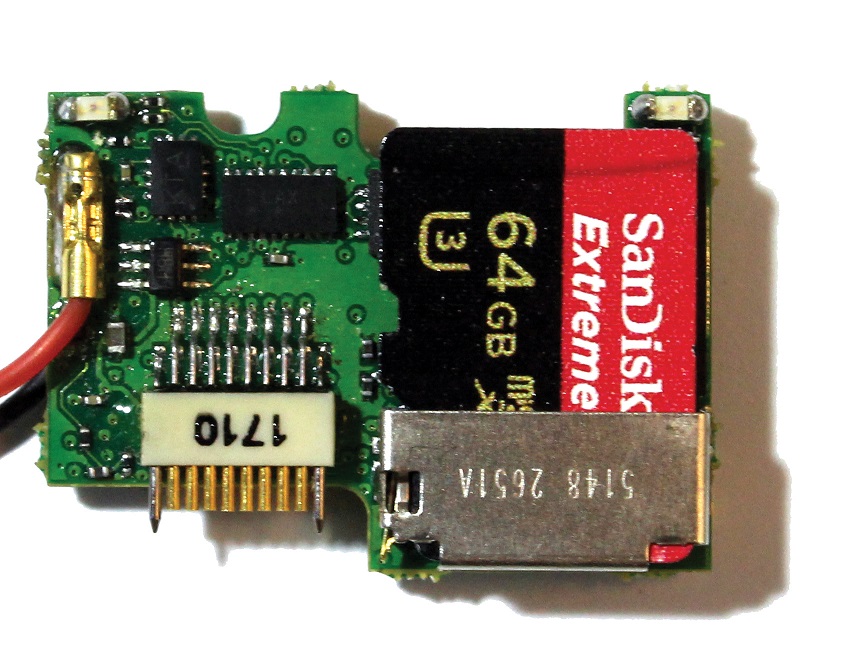
Modular Loggers
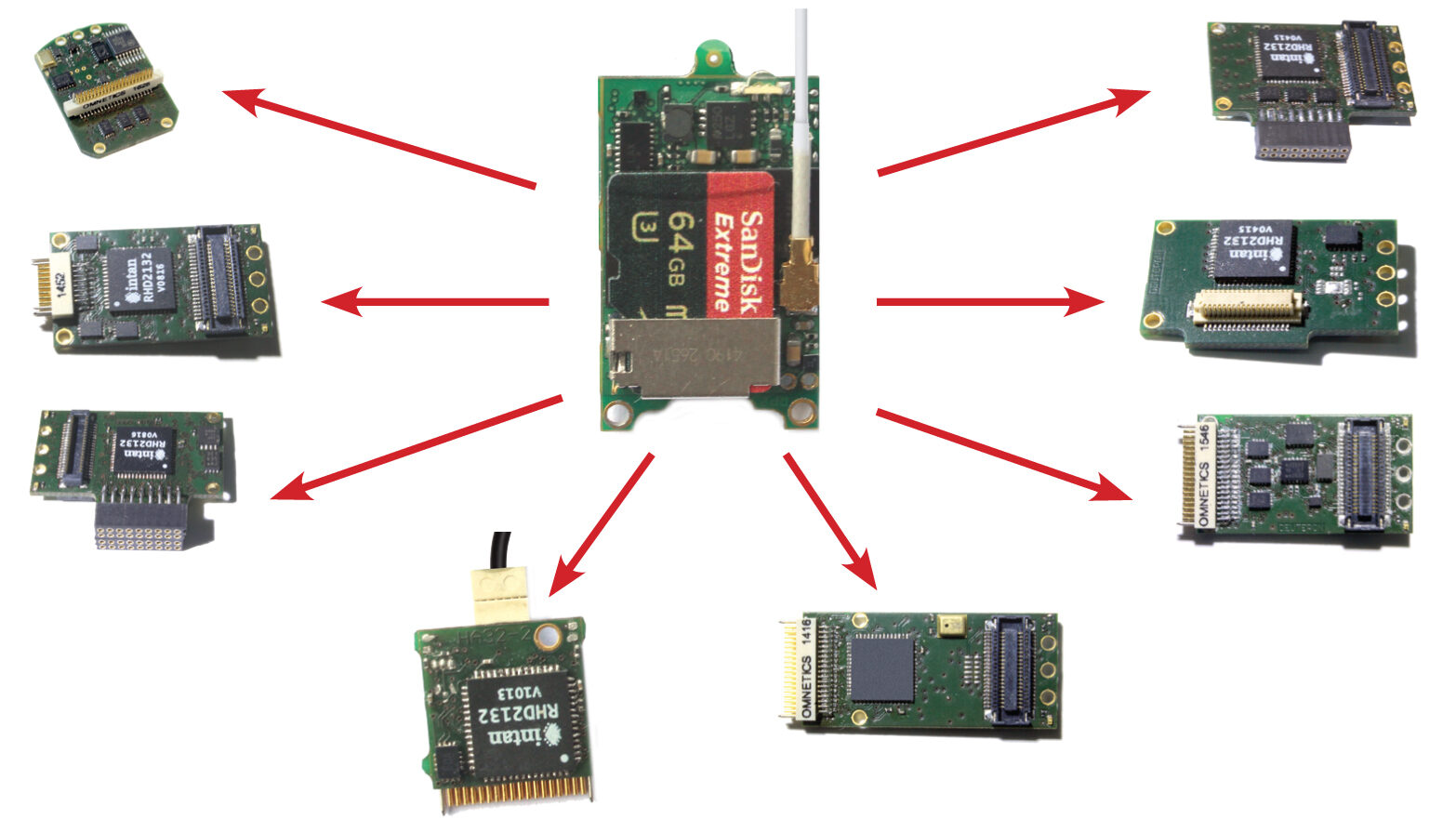
RatLog-128 is a modular logger system, meaning it has separate boards for digital processing and analog amplification making customization for a given experiment much easier. A single processor board can be connected to one, two, or four headstage amplifier boards yielding 32, 64 or 128 channels, respectively. Headstage amplifier boards can be connected to the processor with an ultra-flexible short cable or plugged directly into the processor. Most headstages can be stacked, that is, connected to another headstage to provide multiples of 32 channels.
Customized headstages can easily be made to interface with the user’s electrode assembly. At present Deuteron offers ten different compatible headstages with a variety of orientations, options, and connectors.

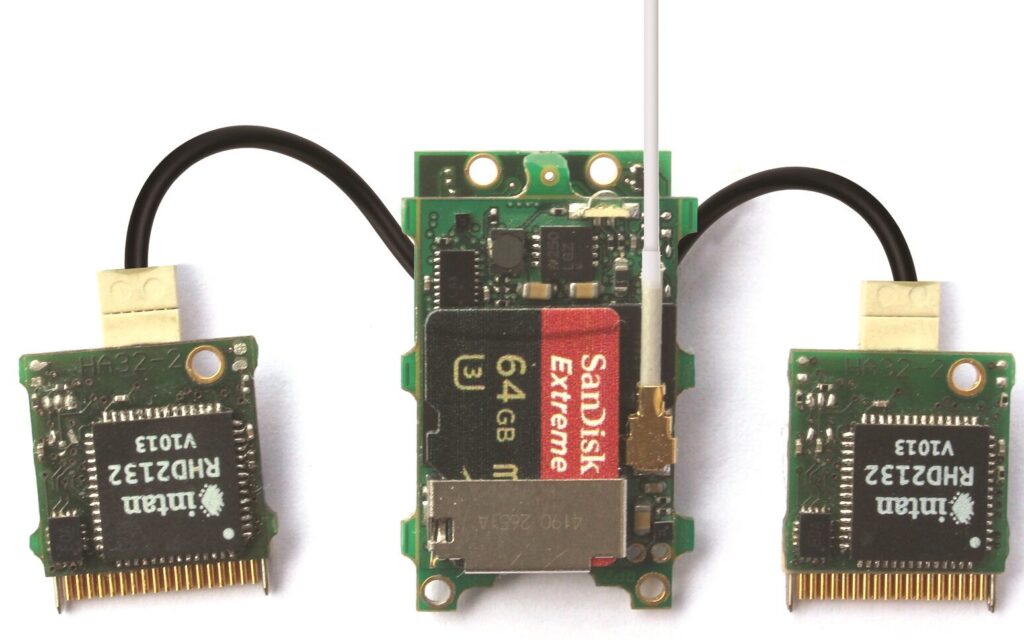

Single-board loggers
SpikeLog-32

SpikeLog-32 is a 32 channel single-board neural logger that also features ultrasonic audio and motion sensor logging. At a size of just 23 x 16mm and a weight of only 2.3g (not including battery), this board is a perfect, lightweight solution for recording neural signals in very small animals such as mice. Its on-board microphone is capable of recording animal calls up to 80kHz, and its 9-axis motion sensor records accelerometer, gyroscope and magnetometer data. For specifications, see here.
SpikeLog-64
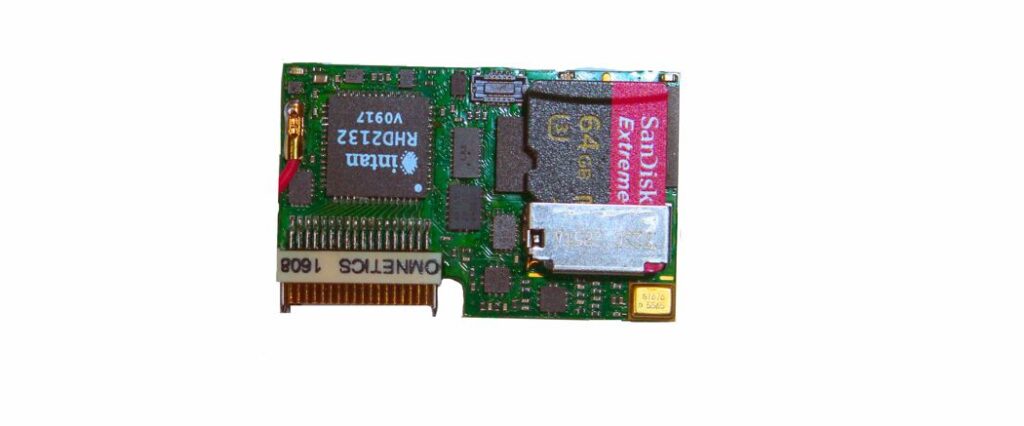
SpikeLog-64 is a 64 channel single-board neural logger that also features ultrasonic audio and motion sensor logging. At a size of just 20 x 29mm and a weight of only 3.3g (not including battery), this board is a perfect, lightweight solution for recording neural signals in small animals such as rats and marmosets, among others. It’s on-board microphone is capable of recording animal calls up to 80kHz, and its 9-axis motion sensor records accelerometer, gyroscope and magnetometer data.
SpikeLog-128

SpikeLog-128 is a single-board 128 channel logger that includes a 9-axis motion sensor. It is only 30 x 30mm and weighs just 4.4g, making it suitable for recording neural signals in animals as small as rats or marmosets. The neural inputs are connected via a pair of 70-pin molex connectors. In general, it will connect to the electrode assembly via an adaptor board.
Specialty loggers
Aquatic Logger MS7
The Aquatic Logger MS7 is a 16-channel neural logger designed for use with aquatic subjects. Its main advantage is that it will not sustain significant damage if it becomes wet or submerged. To learn how it works see here.
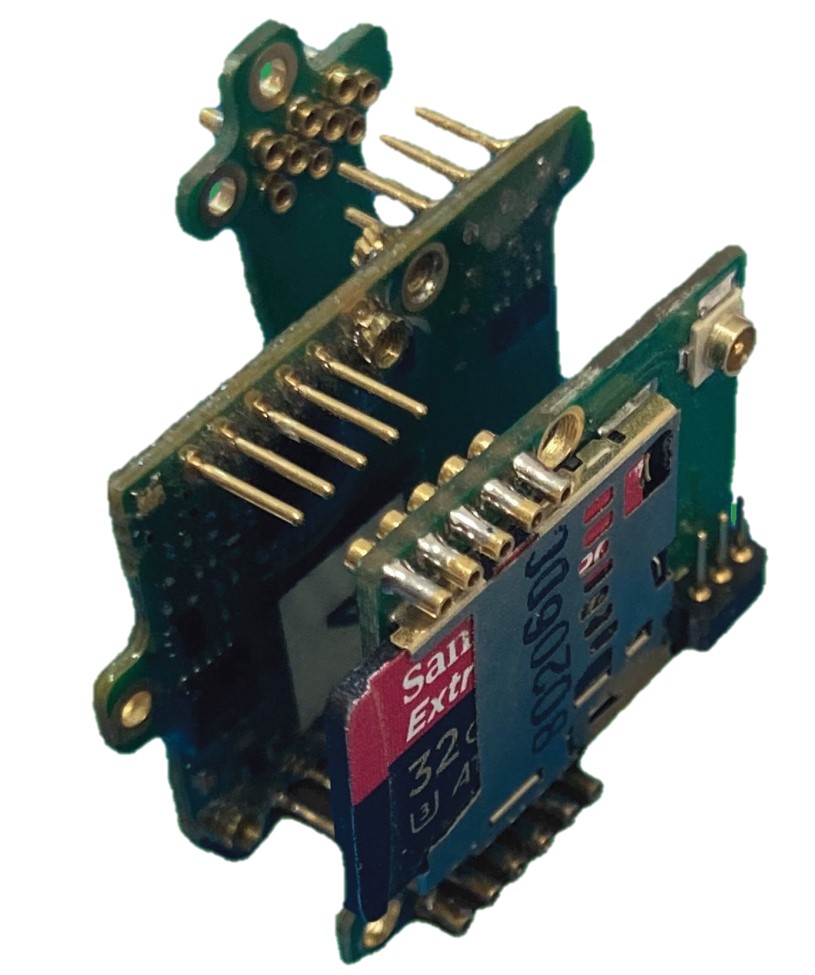
MS9 Low noise logger with differential-input channels
The MS9 is a new low-noise logger featuring 8 differential-input neural channels and 4 high-resolution thermometry channels. They are especially suitable for recording any sources of low-voltage signals, including extracellular neural spiking, EMG, EEG, EKG, or LFP signals. See here for more details.

MS9 Low-noise differential-input
logger with four thermistor channels